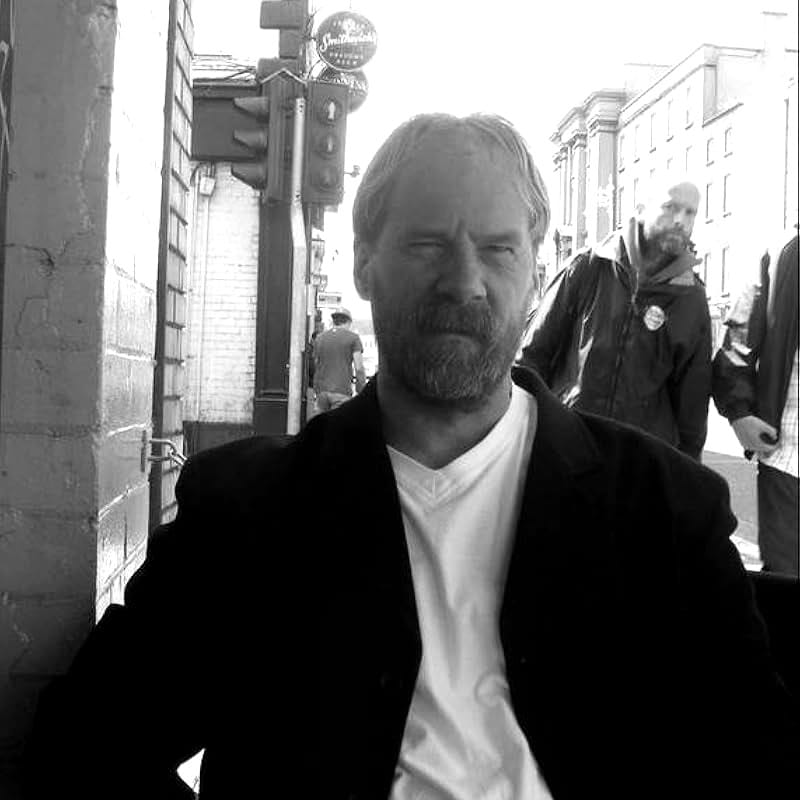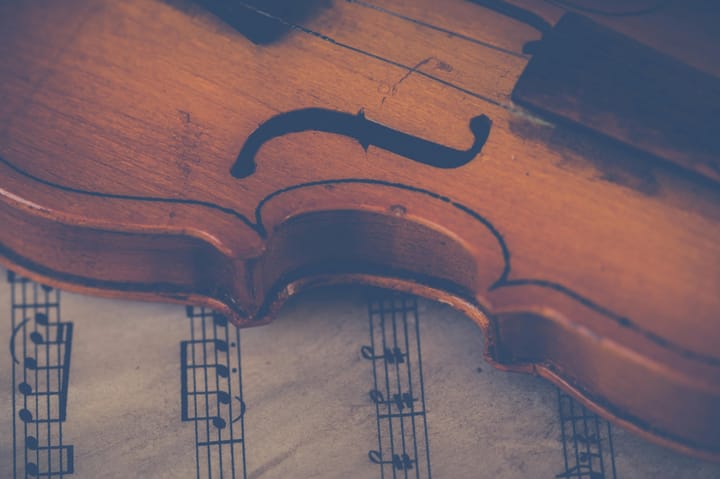THE HORNS OF POWER
The horned helmet has long been a subject of fascination, evoking images of terror and barbarism. But what is the real signicance of the horns, and their association with pagan divine power?

Above we have the image of two helmets. The one on the left is a Ligurian Celtic style helmet of the 3rd c BCE, discovered near the village of Pulica de Fostinovo in the Italian Alps. The one on the right is a 5th c CE depiction of the Norse god Óðinn, better known to the English-speaking world as Odin, god of magic, battle, and the runes. What strikes you is the similarity in design between these two helmets, given the time difference.
Just in case you are wondering what Ligurian means, the Ligurians or Ligures were an Italian tribe heavily influenced by the Celts to such an extent that they are also referred to academically as Celto-Ligurians.
The ancient Celts or Gauls were noted for their sophisticated and elaborate helmets that later influenced Roman examples such as the Montefortino. If we look at the image of the Ligurian helmet we can make out the stout browband, the knob crest and the hinged cheek pieces typical of Celtic design. The helmet also once boasted a swan feather plume apparently. But what immediately draws the eye is the elaborate metal horns, reinforced with studs, and the similarity of the helmet in the later Óðinn depiction to it, shown in the image to the right.
Classical writers such as Diodorus Siculus describe the helmets of the Celts that were not only flamboyant, with totemistic details and high plumes, but also thoroughly practical with their defensive features, such as cheek and neck guards. Similarly flamboyant helmets combining practical protection with animalistic features were also the style of samurai warlords in feudal Japan. Some of the Celtic helmets may have been mainly for ceremonial purposes, but others, for example the helmets with sun wheel crests depicted on the triumphal arch at Orange, were battle helmets.
The early Nordic horned helmets were in all likelihood primarily for ceremony as a symbol of divine power. The popular belief that they were common battle helmets in the Viking Age is completely false. The average karl or warrior-farmer would be unable to afford any decent helmet, never mind a highly decorative one. Helmets, chain mail and swords were highly expensive items and normally only attainable by the elite.
The totemistic element is clear in the elaborate horns shown in both of our images, symbolising the power of the wild bull or aurochs, its strength and magical protection. Those wearing such helmets were in a sense transformed in appearance into the totem beast to intimidate the enemy. In the Óðinn image, the horns end in birdlike terminals meeting in the middle, with what looks like two additional horns or bull ears flaring out on either side of the face.
There is a similar image, again of Óðinn, on the Torslunda Plate, a bronze plaque design from the Vendel period (550-793) from Öland, Sweden. It depicts Óðinn in horned helmet, cavorting with spears alongside an úlfhéðinn or wolf warrior. The horned helmet again has bird terminals, possibly raven heads, given the raven’s particular association with the god Óðinn as a bird of dark wisdom, battle and slaughter. As in the first image, he may be naked but for a sword belt and brandishing weaponry, basically identical in all the key details.
The Torslunda Plate. Óðinn is accompanied by one of the úlfheðnar, or wolf warriors, manifesting the head of a wolf.
Celtic and Nordic ecstatic warriors such as these entered battle naked but for their shields, working themselves into a frenzy and shifting shape, a feat referred to in Old Norse as hamrammr (becoming shape strong). This may have referred to a psychological or spiritual change involving the adoption of the warrior's totem beast. Óðinn himself is associated with such ecstatic states of frenzy, so it should be no great surprise if his warrior devotees mimicked this in their war dances and battle exploits. The belief in rebirth was so strong among these warriors that, as noted by Caesar in his memoirs, they exhibited no fear of death.
Totemistic elements such as the bull horns or wolf heads reveal a desire to emulate the cult beasts by attempting to spiritually and physically become them. In the case of the úlfheðnar cult, there is a strong likelihood that it gave rise to the later werewolf legend, the belief that man can quite literally transform into a wolf.
I would like to give credit to Archaeologica Gallia Cisalpina and x-legio for information on the Ligurian helmet, and to hedendom on tumblr.
© Páll Thormod Mac Alpin Morrisson 2025, Founder of CELTICA PRESS




Comments ()